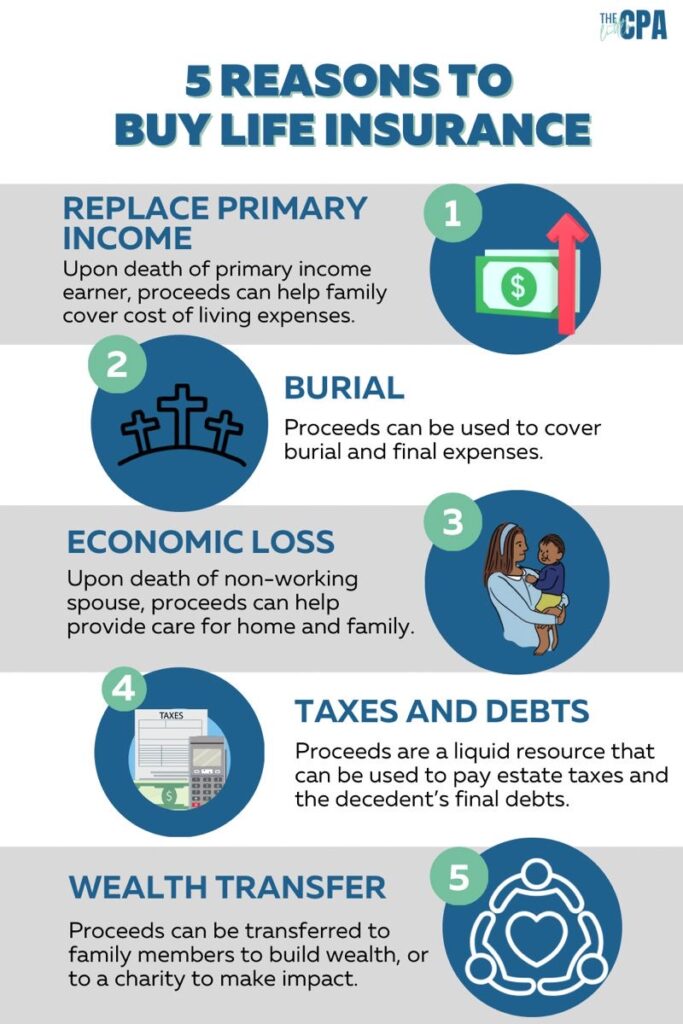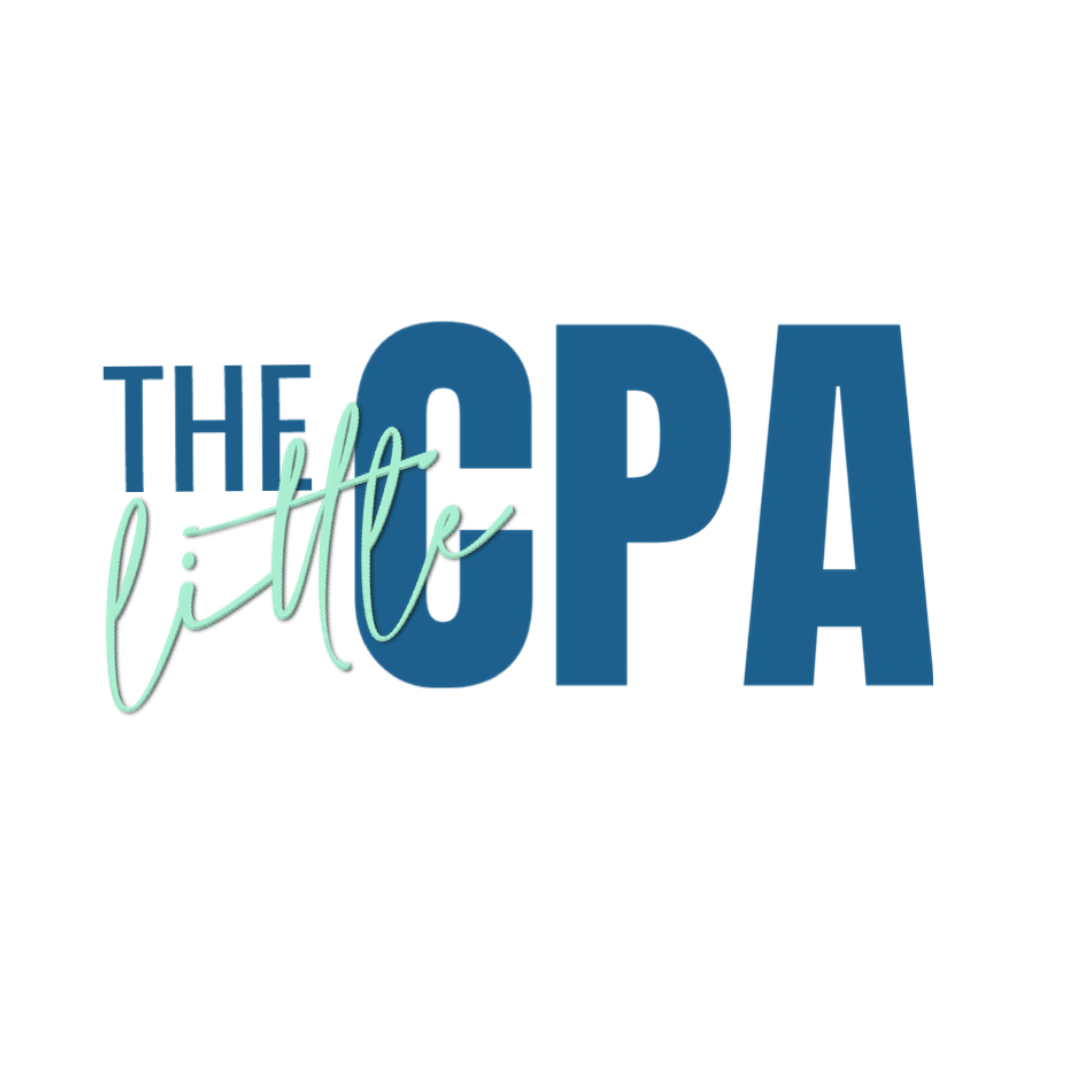Not sure if term or permanent life insurance is right for you?
We’ll break down the 7 key things to know about these two types of insurance to help you make your decision.
Let’s dive into the details!
___________________
KEY TAKEAWAYS:
- Term insurance is temporary.
- Permanent costs more, but is designed to last forever.
- There are many different types of permanent life insurance.
- Understand who benefits most from permanent life insurance.
- Know about life insurance riders.
- Life insurance can impact your tax liability.
- Life insurance can be used to save for college.
___________________
Term vs. Permanent Life Insurance: Pros and Cons from Shanika Norman CFEd®
Before we dive into the details, let’s take a look at the pros and cons of Term and Permanent Life insurance.
For expert guidance, we asked Shanika Norman, a Southern California-based life insurance agent and Certified Financial Educator (CFEd®), for her opinion.

Here’s what Shanika had to say about Term and Permanent Life insurance –
What are the Pros of Term Life Insurance?
- Affordability: Term insurance can be very affordable. It can allow someone to get a high amount of life insurance for a relatively low monthly rate. (i.e. some life insurance companies advertise $500,000 worth of coverage for only $35/month).
- Riders: Some insurance companies offer living benefit riders with their term policies to be able to use while the insured is alive. (Some of the riders come at a small added premium but may cover events such as a critical illness or access to the death benefit amount in the event of being diagnosed with a terminal illness).
- Tax savings: The death benefit payout is paid income tax-free.
- Generational wealth: Term policies can create a large financial generational wealth boost for pennies on the dollar.
 What are the Cons of Term Life Insurance?
What are the Cons of Term Life Insurance?
- Expiration: When the term of the policy expires, there is no longer any life insurance coverage.
- Cost benefit: Once the term policy ends, the cost to get the same amount of coverage increases drastically and can become unaffordable.
- Term limits: A term policy does not offer lifelong coverage and if a health condition develops and the term policy expires, the insured may no longer be insurable.
- Self-insured limitations: Most people do not save or invest the difference of the cost between a term policy and permanent policy to be able to self insure themselves when the term policy expires.
What are the Pros of Permanent Life insurance?
- Lifetime: Permanent life insurance policies provide life insurance coverage for the life of the insured without having to medically re-qualify.
- Cash value: The cash value accumulated within life insurance is an asset class.
- Supplemental savings: Permanent policies accumulated cash value can be used to supplement long term savings goals; such as college savings, a home down payment, retirement.
- Tax savings: The death benefit is paid out tax-free.
What are the Cons of Permanent Life Insurance?
- Expensive: They can be viewed as “expensive” insurance when compared to the same amount of coverage as a term policy.
- Structure: Most permanent policies are not structured properly to take full advantage of the cash value accumulation.
- Rate of return: Some permanent policies offer low rates of return.
- Financial commitment: Permanent life insurance policies do require a long-term commitment, which may not be feasible for some policyholders.
For more information on the pros and cons of term and permanent, contact our interviewee Shanika Norman, CFEd®.
{Note: The Little CPA does not endorse any products provided WealthWave or HowMoneyWorks, all information shared by interviewee is for informational purposes only}.
Alright, now that you know a little bit more about term and permanent life insurance, let’s expand on the key things you need to know.
1. Term Insurance is Temporary
Term insurance is a form of life insurance that provides a death benefit for a specific period of time, usually 1–30 years.
When you are no longer here, your beneficiaries can use the death benefit to pay off debts, like a mortgage or car loan; cover educational expenses; or even invest for retirement.
It’s important to keep in mind that the amount of coverage should be enough for your family’s needs. You should regularly assess your coverage and increase the coverage amount as your financial obligations grow.

2. Permanent Life Insurance Costs More, But is Designed to Last Forever
Permanent life insurance provides lifelong coverage that never expires so long as premiums are paid on time each month.
Note: Some policies have a waiver of premium rider that allows policyholders to stop paying premiums if they become critically ill or seriously injured.
Permanent-life policies also accumulate cash value over time which can be borrowed against or withdrawn as needed.
Cash Value in Life Insurance
When you pay your annual, quarterly or monthly permanent life insurance premiums, part of the premium goes towards fees, the other part goes towards your cash value.
You can borrow from your cash value for an emergency, to supplement your retirement income, or even to fund large purchases like buying a house.
Even so, cash value loans should be taken with caution.
{Check out the Blog, “Is Infinite Banking a Scam” for more info!}
Cash Value Loans
Let’s say you borrow money from your cash value to buy an investment property. Your goal is to replenish the borrowed cash with your return on investment.
This is considered a cash value loan.
With permanent life insurance, cash value loans actually come from the insurance company, not your policy. As a result, your cash value can continue to grow while you take out alone. But, the loan will be subject to interest.
Generally, the interest rate you will pay on these loans is far lower than other types of credit, such as credit cards or personal loans.
Additionally, any interest you pay on the loan is added to your cash value instead of a third party lender.
Before you take out a cash value loan, however, be sure to make sure there aren’t better savings and investment alternatives. Permanent life insurance can be quite expensive; it can cost you hundreds or thousands of dollars per month to “be your own bank.”
Not only are premiums expensive, but, certain life insurance companies will cancel your policy if your loan balance exceeds a certain amount.
So, be sure to check your policy details before taking out a loan. There may be limits or restrictions on how much you can borrow.
Cash Value Withdrawals
Different from a cash value loan, when you withdraw from the cash value of permanent life insurance, you take money from your cash value with no intention of putting it back.
A cash value withdrawal will reduce your death benefit accordingly.
Similar to a cash value loan, you may also be subject to surrender charges if your withdrawal exceeds a certain amount. Surrender charges can include taxes, fees, other charges and a canceled policy (meaning you lose the death benefit).
Be sure to review all details with your insurer before making a decision about withdrawing funds from your policy.
3. There are Many Different Types of Permanent Life Insurance
Here are some of the common forms of permanent life insurance:
Universal Life Insurance
Universal Life Insurance (ULI) allows policyholders to customize the features and structure of their policy; it combines features from whole life and term policies.
Policyholders are able to adjust premium payments and coverage limits as needed, but death benefits remain the same for the duration of the policy.
There are several types of universal life insurance including variable universal life, guaranteed universal life and indexed universal life insurance.
Indexed Universal Life Insurance
Indexed universal life insurance combines aspects from ULI and variable policies—it still offers flexible premium payments like ULI, but its cash value is based on stock market indices rather than securities investments like variable plans.
This can provide more stability compared to variable plans since index performance rarely drops below 0%.
Whole Life Insurance
Unlike ULI, whole life insurance does not come with adjustable features or rates—the rate is fixed for the entire duration of the policy.
Whole life policies also generally have higher premiums than other types of policies. However, they often provide lifelong protection with a guaranteed cash value that accumulates over time.
There are several different types of whole life insurance including straight whole life, limited-pay whole life and an endowment contract.
Variable Life Insurance
Variable life insurance is a combination of investment and protection—it comes with an investment element that allows policyholders to make decisions on how their funds will be used.
It carries more risk than other types of policies because investing in stocks or bonds can result in both losses or gains that impact your death benefit payout amount.
4. Understand Who Benefits Most from Permanent Life Insurance
To understand who benefits most from Permanent Life Insurance, we referred back to our expert – Shanika Norman.
“The client that finds the most value in permanent life insurance is one that is disciplined and wants to grow cash tax free.
They also understand that a permanent life insurance policy is a part of long term planning. They have been educated about and understand where the permanent life insurance plan fits within their overall financial plan and are committed to following through with the funding outlined.
Be it term or a permanent policy, the “best” type of life insurance to have is one that will pay the most when it is needed the most.”
 5. Know About Life Insurance Riders
5. Know About Life Insurance Riders
Life insurance riders can be a great way to get more out of your policy—whether it’s term or permanent life insurance.
For instance, you could add on a rider that grants disability income protection in case you become unable to work before retirement age. This provides an extra layer of protection and peace-of-mind knowing you’ll be able to pay your bills while taking the time needed to recover from a disabling injury or illness.
6. Life Insurance Can Impact Your Tax Liability
Generally, beneficiaries can receive the death benefit from a life insurance policy income-tax free. This tax-free feature makes life insurance a popular tool for creating generational wealth.
Even so, there are several other tax considerations when it comes to life insurance.
Let’s take a look!
 Income Tax
Income Tax
Investment earnings within a permanent life insurance policy normally grow tax free…so long as you don’t withdraw from your cash value.
How do earnings become taxable once you withdraw from your cash value?
Well, let’s say you have a “participating policy” that earns dividends. And, every year, you use those dividends to increase your life insurance coverage.
Those dividends can increase your cash value amount, and overtime, your cash value can grow to be larger than the total premiums paid (also known as policy basis).
When your cash value grows to be more than the policy basis, the earnings will be subject to income tax if you withdraw money from the cash value.
Not only can you be taxed on any earnings when you take out cash from your life insurance policy, you can also be subject to tax if the policy’s cash value exceeds the annual limit, if you surrender a policy with investment gains and other specific circumstances.
The key takeaway is, before you move any funds into or out of your insurance policy, discuss with your tax advisor.
Estate Tax
According to IRS Section 2042, when you have any ownership of a life insurance policy at the time of your passing, the policy’s death benefits get included in your estate for estate tax purposes.
Most of us do not have to worry about estate tax because the value of our estate is well below the federal estate tax exclusion.
For the 0.07% of multimillionaire’s who do have to plan for estate tax – you can talk to your estate planning attorney about Irrevocable Life Insurance Trusts (ILITs) or Intentionally Defective Grantor Trusts (IDGTs).
These trusts can help keep the money out of their estate and away from the IRS.
Gift Tax
Under certain circumstances, life insurance proceeds can be subject to gift tax. Discuss with your legal and tax advisor accordingly.
7. Life Insurance Can Be Used to Save for College

When it comes to saving for a child’s college education, some parents might look to a cash value loan.
As discussed earlier, cash value loans and withdrawals must be taken with careful consideration.
Here are a few items to consider:
- whether the policy’s investment earnings are large enough to help you reach your savings goal,
- whether other tax-favored college savings tools (i.e. 529 plans) can help you reach a similar goal for a higher return and lower cost, and
- whether you have a viable income source in place to pay back the loan.
Financial Aid
Another item to consider is how a cash value transaction affects a child’s financial aid eligibility.
On the Free Application for Federal Student Aid (FAFSA), parents must report their savings, investments and other assets as part of the Expected Family Contribution (EFC). Children must declare any holdings they may have in UTMA accounts, rental real estate or other assets.
Fortunately, the cash value accumulated within a life insurance policy does not count as an EFC asset. However, any distributions from a life insurance policy are considered untaxed income and should be reported accordingly.
How to Choose a Good Life Insurance Company
When searching for a life insurance company, it is important to consider several factors beyond price. You want to make sure you are working with a company that is –
- trustworthy and reliable,
- has independent agents,
- has good customer service,
- can provide examples of the policy you are looking for,
- has a credible history (including a long history of paying dividends if applicable to your life insurance policy), and
- offers quality policies that meet your needs.
Fortunately, there are websites dedicated to rating different life insurance companies and providing valuable information about their ratings systems. Many of these sites use a combination of customer feedback, financial stability ratings from independent agencies like AM Best or Moody’s and policy coverage ratings.
Do your research, discuss the policy with a licensed, fiduciary financial advisor – and take the time to find the right life insurance provider for you!
While The Little CPA’s blog content is designed to be informative, it should not be taken as financial advice. Everyone’s individual circumstances and needs are different, so it’s important to seek out a qualified legal, tax, investment or financial advisor for more specific guidance that takes your needs into account.




